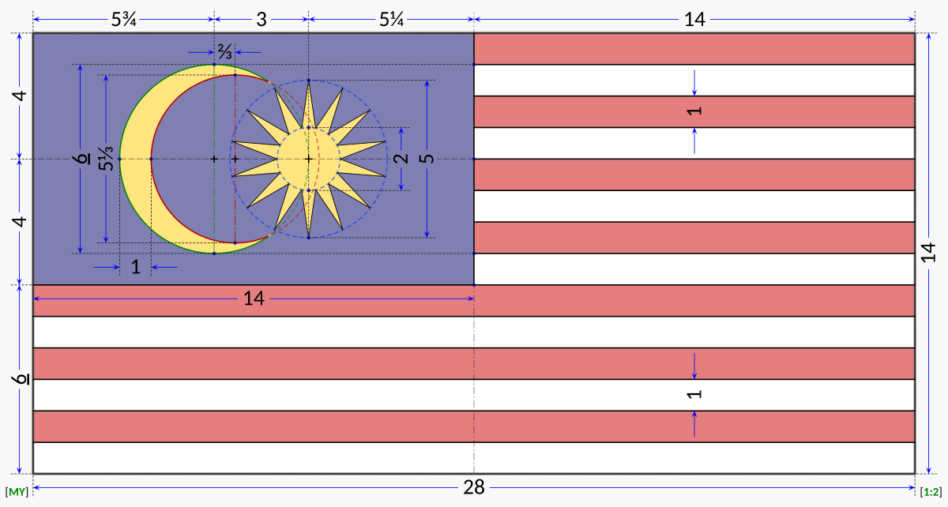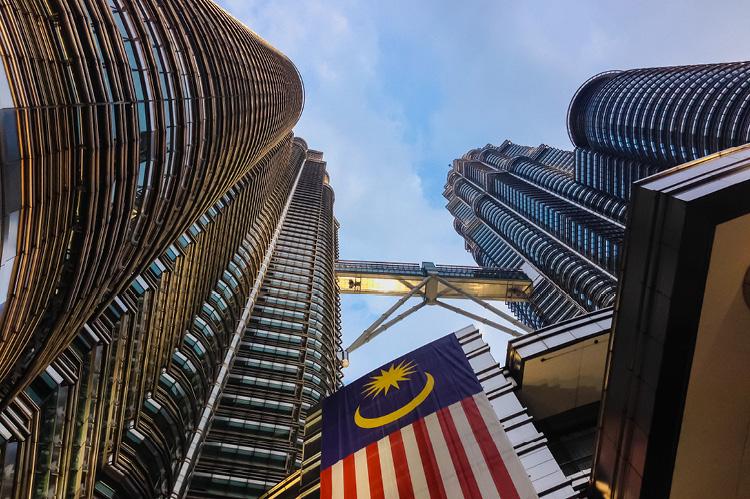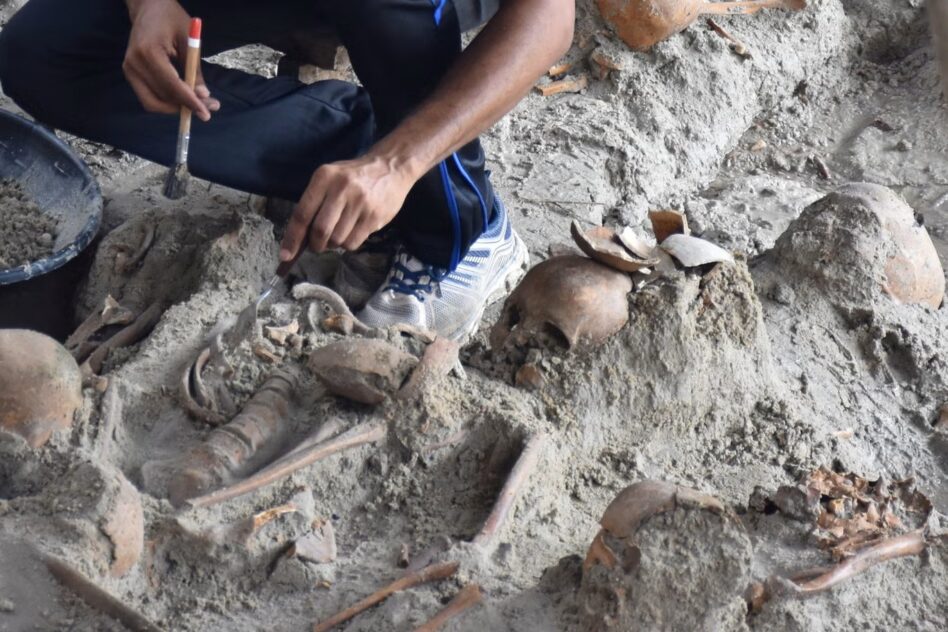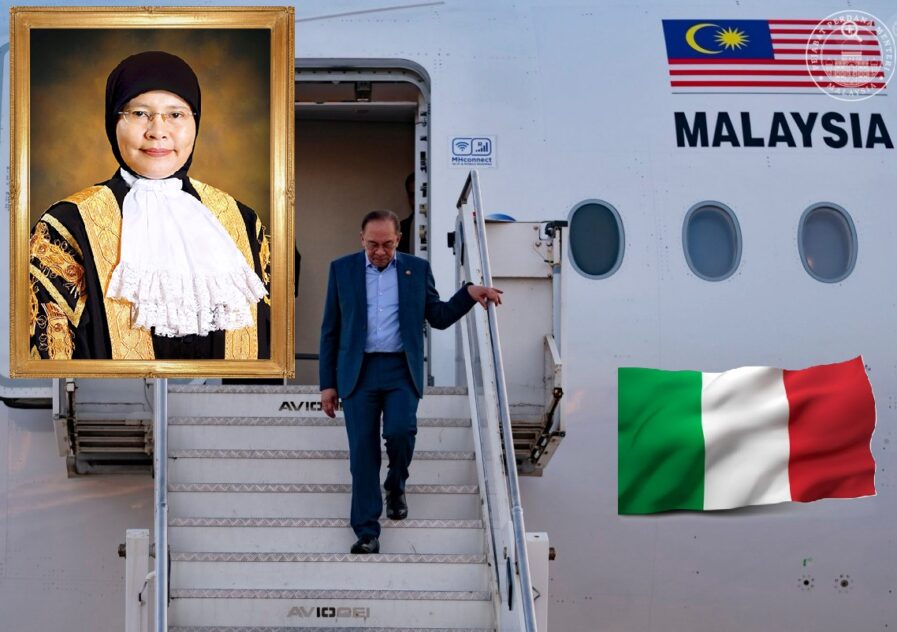ON April 15, Sin Chew Daily published an illustration of our national flag without the crescent moon next to the star. After realising its mistake, the newspaper swiftly amended the digital version and republished the corrected version in print the next day.
Immediately after the news broke, I decided not to comment, knowing that it would be a hot potato. Sure enough, there was no shortage of opinions reported on the gaffe, but I may have missed reading those that I am concerned about. Hence, I am now offering my two cents.
One group who should be familiar with our Jalur Gemilang are local tourist guides, as they often explain it to their guests. They learned by heart our national flag composed of 14 alternating red and white stripes, and a blue canton bearing a crescent and a 14-pointed star.
The 14 stripes of equal width represent the equal status of the 13 member states and federal territories, while the 14 points of the star represent the unity among these entities. The blue canton symbolises the unity of the Malaysian people.
The crescent moon represents the country’s state religion Islam, and the yellow of the star and crescent moon is the royal colour of the Malay rulers. The red stripes represent bravery and white stripes represent purity.
But many people do not realise that all the components in our national flag must always be in the right proportions. An example can be seen in the flag construction sheet shown below.

Therefore, stylised versions should not be allowed to protect the sanctity of our national flag. All displays of Jalur Gemilang, whether on flags, badges, uniforms, print-outs or in digital format should be in the correct proportions and also the colours must be in the right hues.
The federal government should publicise the official design so that all those involved in publishing or printing the image of our national flag adhere strictly to it with no modified versions allowed, other than size. Otherwise, missteps will continue to surface from time to time.
However, videos or photos of our national flag on a flag pole fluttering in the wind or being rigidly held in place should be allowed and continued to be used and promoted.
Our national flag should not be used as ornaments for decorating buildings with many hung on walls or fences.
Also, they should not be used to wrap a car’s bonnet or on a shirt to cover a person’s body, although suitable for use in badges, emblems, insignias and government papers.
Just like our country can be shown on a map, our national flag is a visual representation of our nation’s identity, values and pride as well as a symbol of unity, nationalism and history. It is also a collective expression of our ideals, aspirations and respect.
Instead, politicians bankrupt of ideas would seize every opportunity to run down others and the government of the day to be popular and seen as the defender.
To pre-empt, the authorities would be talking tough and the situation escalates when many adopt the holier-than-thou approach.

But at the end of the day after the law has run its course, many issues that appear to be explosive initially were reduced to just a whimper. To begin with, they were either minor or non-issues but playing them up had caused much disharmony and mistrust among the people.
Flying our national flag and singing our national anthem ought to be encouraged as they promote patriotism.
But not all those who engage in these nationalistic activities are necessarily patriotic, particularly those who sow hatred among their own communities and against others.
True patriots are those who uphold the spirit of our national flag by contributing to nation building and our country’s image in the international arena, and by creating more opportunities and fighting for the rights accorded to all citizens.
They study or work hard to be productive, pay taxes and contribute to our nation and charity using their wealth, talent or time.
On the other hand, unpatriotic leaders often engage in rhetoric and are always looking for shortcuts, including corrupt practices, to be popular or enrich themselves. – April 23, 2025
YS Chan is master trainer for Mesra Malaysia and Travel and Tours Enhancement Course and an Asean Tourism Master Trainer. He is also a tourism and transport business consultant.
The views expressed are solely of the author and do not necessarily reflect those of Focus Malaysia.
Main image: Pipeline Journal









